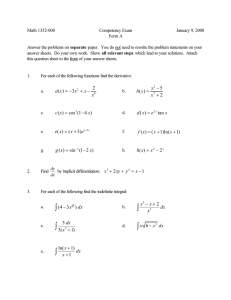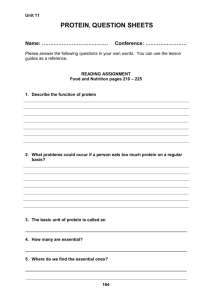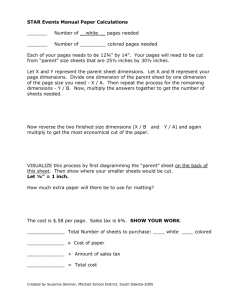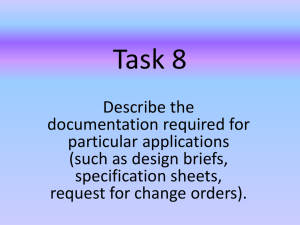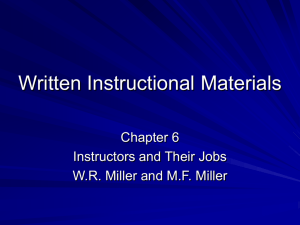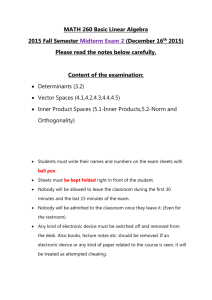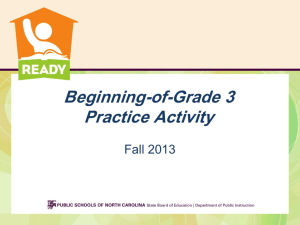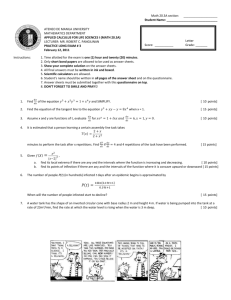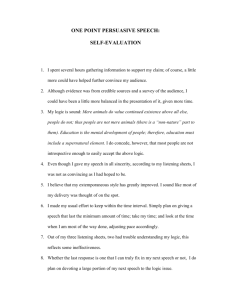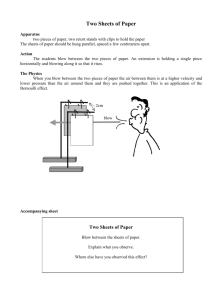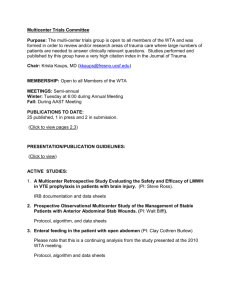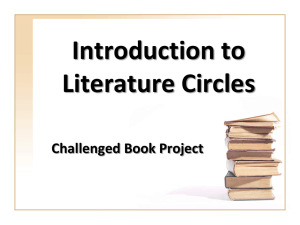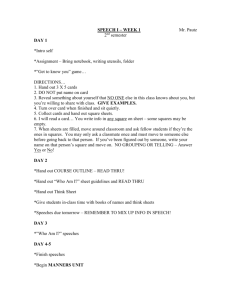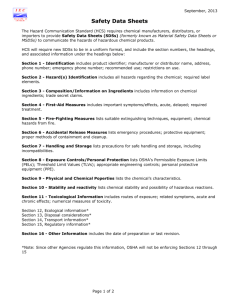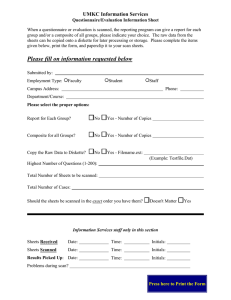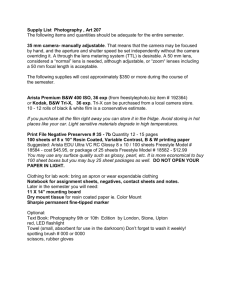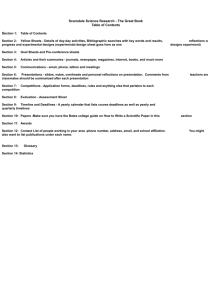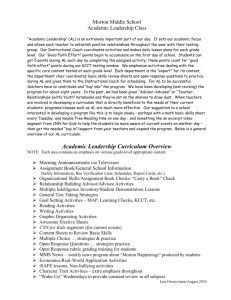Guidance Notes for Project Information Sheet (MS Word , 25kb)
advertisement
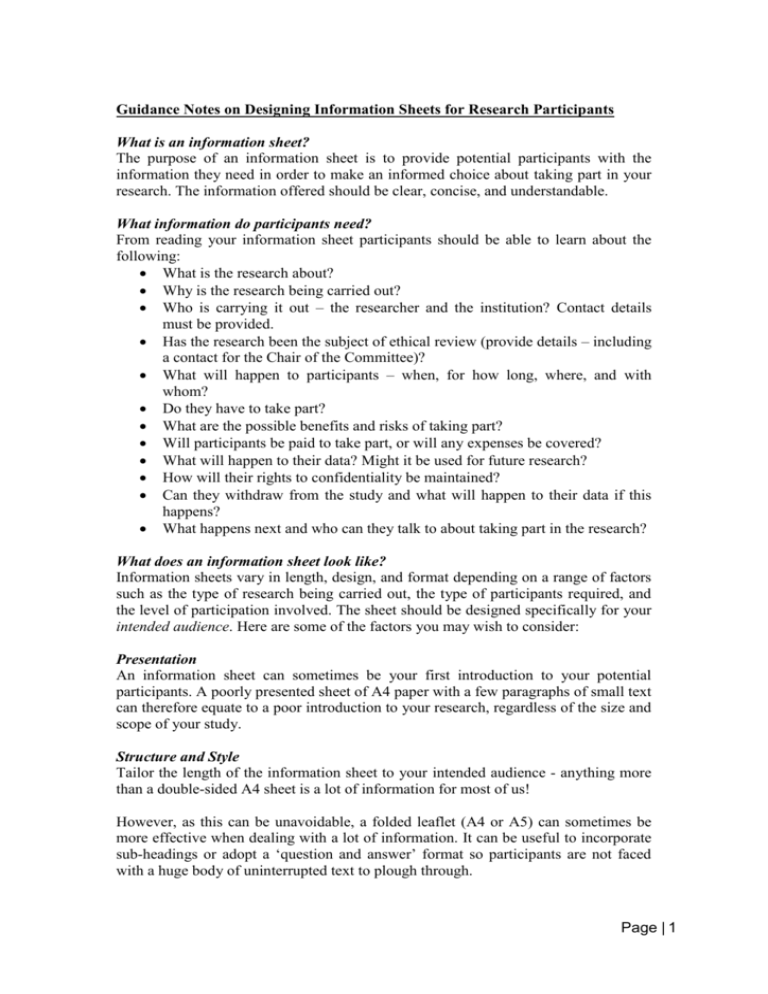
Guidance Notes on Designing Information Sheets for Research Participants What is an information sheet? The purpose of an information sheet is to provide potential participants with the information they need in order to make an informed choice about taking part in your research. The information offered should be clear, concise, and understandable. What information do participants need? From reading your information sheet participants should be able to learn about the following: What is the research about? Why is the research being carried out? Who is carrying it out – the researcher and the institution? Contact details must be provided. Has the research been the subject of ethical review (provide details – including a contact for the Chair of the Committee)? What will happen to participants – when, for how long, where, and with whom? Do they have to take part? What are the possible benefits and risks of taking part? Will participants be paid to take part, or will any expenses be covered? What will happen to their data? Might it be used for future research? How will their rights to confidentiality be maintained? Can they withdraw from the study and what will happen to their data if this happens? What happens next and who can they talk to about taking part in the research? What does an information sheet look like? Information sheets vary in length, design, and format depending on a range of factors such as the type of research being carried out, the type of participants required, and the level of participation involved. The sheet should be designed specifically for your intended audience. Here are some of the factors you may wish to consider: Presentation An information sheet can sometimes be your first introduction to your potential participants. A poorly presented sheet of A4 paper with a few paragraphs of small text can therefore equate to a poor introduction to your research, regardless of the size and scope of your study. Structure and Style Tailor the length of the information sheet to your intended audience - anything more than a double-sided A4 sheet is a lot of information for most of us! However, as this can be unavoidable, a folded leaflet (A4 or A5) can sometimes be more effective when dealing with a lot of information. It can be useful to incorporate sub-headings or adopt a ‘question and answer’ format so participants are not faced with a huge body of uninterrupted text to plough through. Page | 1 Remember to provide information in a logical sequence – an information sheet can still have a beginning, middle, and an end! Also think about the typeface, size of font, and spacing between lines. Although formatting can be used to squeeze information into a space, it can also be altered to help ensure your intended audience can read the information easily. Language The information sheet should be written clearly and concisely, with a minimal use of acronyms or technical language. It is important to think about the language you use to ensure potential participants can understand the information provided. If you know the demographics of your research population it can be helpful to spend some time thinking about how to make the information accessible. Where participants’ language of communication is not English, it is necessary to include English and non-English copies in the Lite Application. Piloting information sheets Information sheets are a central component of the process of informed consent and can also influence how successfully participants are recruited to your study. It can be easy to omit pieces of information or to include terminology and language participants may not understand. It can therefore be very useful to pilot your information sheet before it is seen by participants, particularly if you have access to some-one who meets the profile of your research population. Finally, if you have participants with varying levels of understanding or participation it may be useful to provide them with different information sheets. Page | 2
